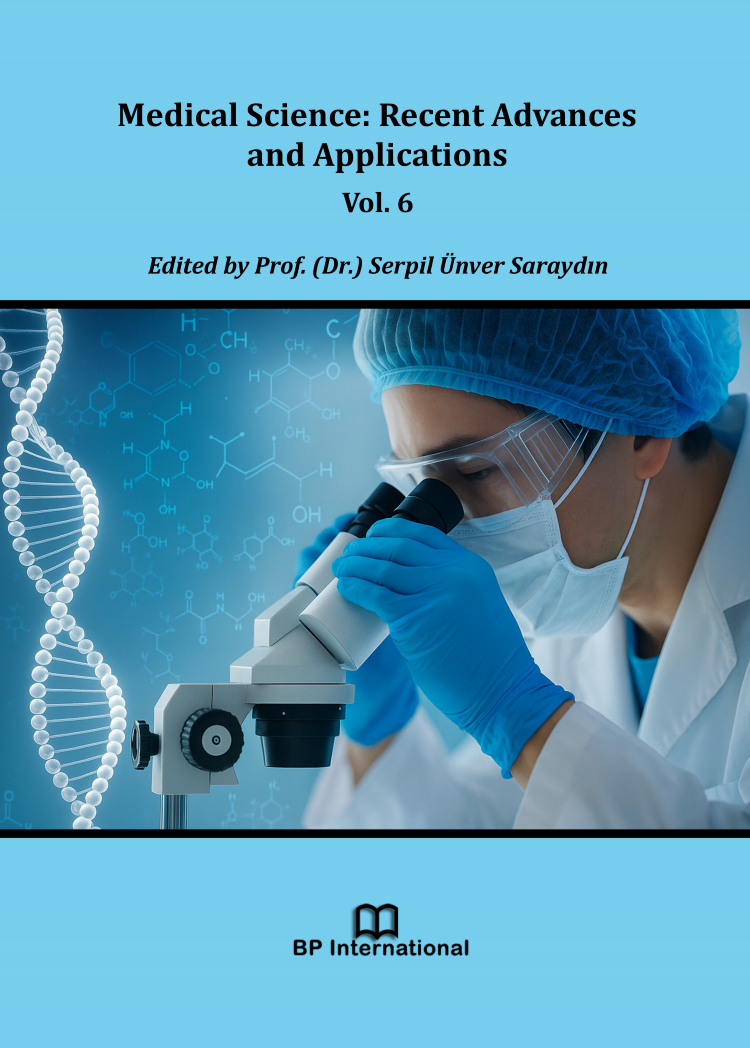Comparison of Foley Catheter and Low-dose Oxytocin for Cervical Ripening in Women with Previous Cesarean Sections
Medical Science: Recent Advances and Applications Vol. 6,
13 June 2025
,
Page 70-81
https://doi.org/10.9734/bpi/msraa/v6/5589
Abstract
Background: Due to the increased risk of uterine rupture with prostaglandins in previous cesarean patients, its use has been discouraged as a ripening agent in previous cesarean patients. Alternatively, the Foley catheter has been studied as a cervical ripening agent in previous cesarean patients. Low-dose oxytocin has also been studied as a cervical ripening agent in women with an unscarred uterus.
Aim of the Study: The aim of the study is to compare the efficacy and safety of Foley catheters with low-dose oxytocin as a cervical ripening agent in women with previous cesarean section (CS).
Materials and Methods: A prospective randomized study was conducted on 60 women (30 per group) with previous CS with unfavorable cervix who needed induction of labor after 28 weeks. Outcomes were analyzed in terms of change in Bishop score (BS), route of delivery and complications. Statistical analysis was performed using Student’s unpaired t-test, Chi-square test, and Mann — Whitney U-test.
Results: The BS before and after ripening between the two groups was similar (P > 0.05). However, the change in BS within each group was 3.07 and 3.30 in the Foley and oxytocin groups, respectively, and this was statistically significant (P < 0.001). Vaginal delivery occurred in 20 patients (66.7%) in the Foley group and 18 patients (60%) in the oxytocin group. There were two cases of scar dehiscence in the oxytocin group and none in the Foley group. Foley has proved to be an effective as well as safe cervical ripening agent in patients with previous cesarean deliveries.
Conclusion: Both Foley and low dose oxytocin are good cervical ripening agents in previous cesarean patients. However, the two cases of scar dehiscence in the low dose oxytocin group are a concern of safety. Future studies should focus on large-scale, prospective trials evaluating the safety and efficacy of Foley catheter use in women with previous cesarean sections, specifically those meeting the eligibility criteria outlined by ACOG.
- Cervical ripening agents
- previous cesarean
- unfavorable cervix
